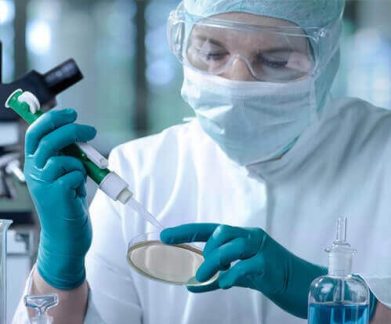
Nearly one in every hundred children born on this planet suffers from life threatening genetic disorder . Two key goals are to understand the molecular changes at the systemic level in these mutation-bearing individuals and with this knowledge to advance the science of medicine. One way to achieve such goal is to replicate the same mutation in model systems. Mammalian mouse models have been favored however, owing to high cost, less fecundity and time involved with maintenance of these animals, very few mouse disease models have been generated indicating the need for a fast and reliable model systems.
Due to its closeness with human genome, low maintenance cost, high throughputness in doing experiments and high fecundity, zebrafish has emerged as one of the frontrunner candidates for modeling human mutations. The dawn of CRISPR Cas9 technology for targeted editing of the genome to mimick desired human genetic disease related mutation of a patient into zebrafish disease avatar/model has given great hope.
This will eventually lead to the development and optimization of a high throughput pipeline for modeling genetic disorders of the mutations found in UAE hospital patients who show overt phenotype in zebrafish and further use them for drug screening. The final goal is to establish treatment for these unknown mutations in human beings.
The studies outlined in this proposal will allow me to identify molecular mechanisms, modifiers and ways to drug target them for therapeutic purposes. This will yield crucial information into how related human genes control key aspects of development and function and will provide insights into disease states where normal development has gone awry.
The student has to be dedicated and is expected to spend at least 40 hours/week in the lab. The student is expected to be present on campus during office hours and may have to come to work sometimes on the weekends too.